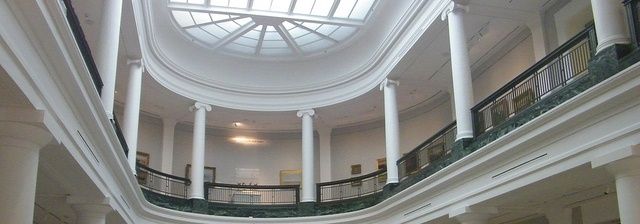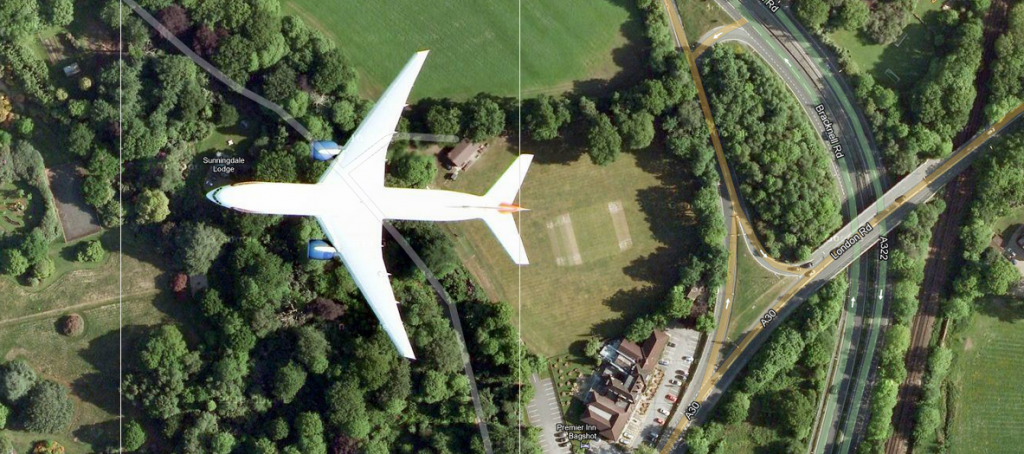For most of us, museums are givens. They house great works of art, artifacts from all periods of history, things that are somehow important, culturally significant. Yet they embody in them a sort of unquestioned authority, something that manages to shape our perceptions of the things they display without our ever really being aware of its even happening.
When objects are removed from their original contexts, they are uprooted, unanchored, available for meaning and significance and narratives to be redefined, recast. Every setting has the power to describe its object. A scattering of pots on the floor is not accorded the same importance as a single pot sitting by itself on a plinth. Are things displayed in a corner, along the wall, in the center of the room? Are they lit (or not lit) in any particular fashion? If all the displays are spaced very far apart, each individual item gains a sort of weight. It’s like those dishes in high-end establishments where you get a thumb-sized filet of something (albeit an aesthetically pleasing something) that covers ten percent of the plate’s surface area. We assume it’s nice because it’s been marked out as something unique, important.
These are all rather ambiguous frames, but they do just the same work as the literal picture frame, which tells us what to pay attention to and what to pass over. Even if the wall has designs on it, even if the painting is about as interesting as the wall, you look at the painting, not the wall. Placards and other accompanying text oddslot function similarly. The Plexiglas box is a utilitarian object (a bench), not part of the exhibit (some sort of rumination on the human condition) because it has not been marked. It does not say, look at me, contemplate me. We refrain from treating it poorly out of consideration for other people’s property, not because it has gained some sacred status.
And the text itself, naturally, has an entirely different power in its ability to shape how we contemplate things in museums. Even the fact that an object is in a museum, as opposed to someone’s private collection (a Bronze Age artifact), or on the street (any sort of art— what even is or isn’t art?), says something about the worth it is given. We, the general public, on the whole have little specialized knowledge, little background on the things museums display. We look to museums to be authorities on their subjects. Indeed, the great majority of the time, they certainly are. But this relationship, the one between the things and the museums and us, is often invisible. We don’t see it, and we certainly don’t think about it.







